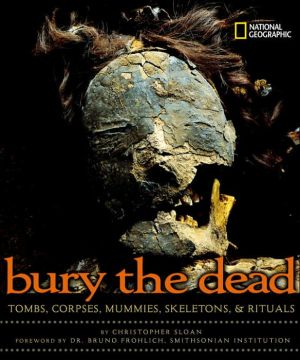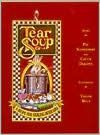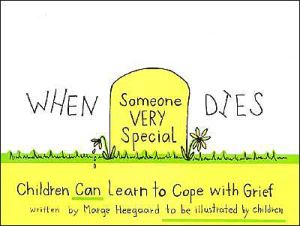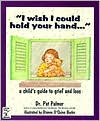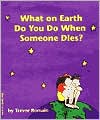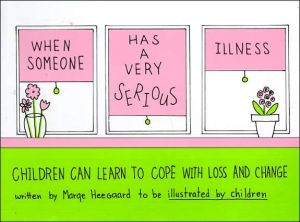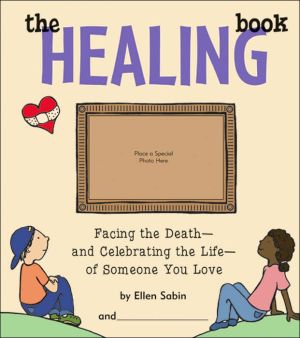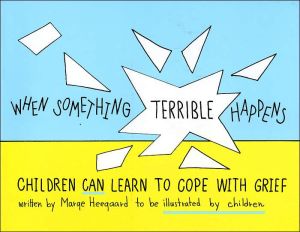Bury The Dead: Corpses, Skeletons, Mummies, Tombs
Humans, and especially kids, have always been intrigued by death and the rituals that surround it in various cultures. Christopher Sloan now feeds this fascination with the latest scientific information and shows young readers what archeologists learn from studying the remains and graves of long-dead humans. The book reveals how Neandertals, ancient Egyptians, Maya, Sythians, and others buried their dead, then explains what those rituals meant to the living. A final chapter looks at modern...
Search in google:
Humans, and especially kids, have always been intrigued by death and the rituals that surround it in various cultures. Christopher Sloan now feeds this fascination with the latest scientific information and shows young readers what archeologists learn from studying the remains and graves of long-dead humans. The book reveals how Neandertals, ancient Egyptians, Maya, Sythians, and others buried their dead, then explains what those rituals meant to the living. A final chapter looks at modern burials. Close-up photographs examine tombs, mummies, skeletons, and other archeological finds, while dramatic paintings re-create the times in which these people lived.Beverley Fahey - Children's LiteratureArchaeologists have long known that if you want to know how a people lived, study how they buried their dead. Funerary rituals and skeletal remains of those long dead give a better understanding of how people lived and interacted as a society. Arranged in chronological order, beginning with 115,000 B.C., Sloan examines the burial practices of Cro-Magnon man and moves on to explain Egyptian mummification, exciting finds like the tombs of the Amazon women of Ukraine and the Moche Lord of Peru. Modern funerary rites are chronicled with insight on how the practice of embalming introduced during the Civil War changed burial practices. It is with some alarm and caution that Sloan states that the modern technique of cremation may leave little record for future archeologists. Crisp, full color photos of grinning skulls, bones resting side by side with priceless treasures are eerie, haunting, and a tremendous draw for the curious. Well researched, intelligently written, with the most complex ideas made kid-understandable, this is quality non-fiction. 2002, National Geographic,
\ Children's LiteratureArchaeologists have long known that if you want to know how a people lived, study how they buried their dead. Funerary rituals and skeletal remains of those long dead give a better understanding of how people lived and interacted as a society. Arranged in chronological order, beginning with 115,000 B.C., Sloan examines the burial practices of Cro-Magnon man and moves on to explain Egyptian mummification, exciting finds like the tombs of the Amazon women of Ukraine and the Moche Lord of Peru. Modern funerary rites are chronicled with insight on how the practice of embalming introduced during the Civil War changed burial practices. It is with some alarm and caution that Sloan states that the modern technique of cremation may leave little record for future archeologists. Crisp, full color photos of grinning skulls, bones resting side by side with priceless treasures are eerie, haunting, and a tremendous draw for the curious. Well researched, intelligently written, with the most complex ideas made kid-understandable, this is quality non-fiction. 2002, National Geographic, \ — Beverley Fahey\ \ \ \ \ School Library JournalGr 5-9-An exceptionally handsome book on a macabre topic. The lucid text discusses the why of funeral rites and internment and then presents a vista of burials, beginning with the shadowy reaches of far prehistory through the colorful tombs of ancient Egypt, the golden graves of the Scytho-Siberians, the horde of clay warriors surrounding the tomb of the first Qin emperor, and the caparisoned grave of the Moche Lord of Sip ne Peru. The author closes with an investigation into more modern burial practices and speculates on what they may reflect about our relatively recent cultures, with a note on offending ethnic groups when ancient burial sites are disturbed for research. Formal in tone, the book includes location maps; a time line; colorful diagrams; realistic artwork; and an array of clear, color photos (some may find that the close-ups of mummies, fleshless skulls, and other mortal remains make them queasy). For those who have been fascinated with such dynamic titles as James M. Deem's Bodies from the Bog (Houghton, 1998), Donna M. Jackson's The Bone Detectives (Little, Brown, 1996), and Johan Reinhard's Discovering the Inca Ice Maiden (National Geographic, 1998), this title will prove irresistible.-Patricia Manning, formerly at Eastchester Public Library, NY Copyright 2002 Cahners Business Information.\ \ \ Kirkus ReviewsSloan (SuperCroc and the Origins of Crocodiles, not reviewed, etc.) surveys funerary customs around the world, from both archaeological and anthropological standponts. Beginning with the earliest evidence of "burial with care" over 100,000 years ago, he goes on to describe major finds that have cast light on ancient Egyptian, Scythian, Chinese, and pre-Inca practices that left mummies or other preserved remains, then finishes with a sweeping look at current practices, from marble tombstones to sugar Day of the Dead skulls. Writing in consultation with a grief specialist, the author tries for a sober, straightforward narrative tone-which falters when he mentions particularly exotic customs, such as the Yanomami practice of pulverizing and eating their dead, or has to contend with an artist's reconstruction of Scythian mourners cutting themselves, not to mention the numerous close-up photos of mummies and bones. Still, most of these illustrations and examples are striking without being sensationalistic; both thrill seekers and children seeking some perspective on death or grief will find this rewarding reading. (index, bibliography) (Nonfiction. 11-13)\ \
